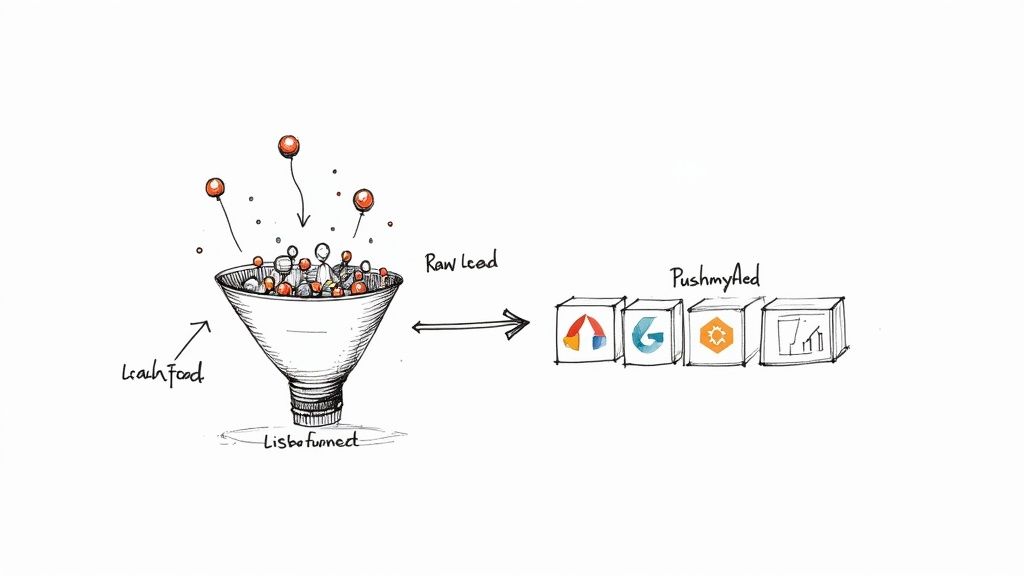For businesses of all sizes, mastering the Google Ads ecosystem is no longer optional—it's the cornerstone of a successful digital marketing strategy. From dominating search results to capturing audiences on YouTube and across the web, Google's advertising platforms offer unparalleled reach. However, generating a positive return on investment (ROI) requires more than just launching a campaign. It demands a sophisticated understanding of the entire ecosystem, from campaign types and bidding strategies to conversion tracking and lead management. This is where valuable data, actionable tips, and staying current with Google Ads news become critical.
This guide dives deep into the Google Ads ecosystem, providing the data and explanations you need to turn ad spend into predictable revenue. We will explore how to leverage different campaign types, optimize for high-quality leads, and integrate your efforts with the right tools to close the loop between a click and a customer. Understanding the fundamentals of how Google Search Ads drive leads is the first step, but capitalizing on that traffic requires a holistic approach.
This comprehensive article is designed for marketers, agencies, and business owners aiming to prove and improve their Google Ads ROI. We'll cover key topics including:
- Performance Max: Understanding Google's AI-driven campaign type and its impact on the ecosystem.
- Data-Driven Bidding: Moving beyond manual CPC to leverage Smart Bidding for better outcomes.
- Lead Quality vs. Quantity: Strategies for using Google Ads to generate leads that actually convert.
- The Post-Click Challenge: How to effectively manage and qualify the leads your campaigns generate.
Each section includes detailed explanations, data-backed tips, and insights into the latest Google Ads news, helping you build a more intelligent, efficient, and profitable advertising strategy.
1. Performance Max (PMax): The AI-Powered Future of Google Ads
Performance Max represents one of the most significant shifts in the Google Ads ecosystem. It's an all-in-one, goal-based campaign type that allows advertisers to access their entire Google Ads inventory—Search, Display, YouTube, Discover, Gmail, and Maps—from a single campaign. Its strength lies in its heavy reliance on machine learning to automate targeting, bidding, and ad creation to drive conversions or value.
For advertisers, this means shifting focus from granular keyword management to providing high-quality inputs. Your success with PMax depends on the quality of your creative assets (images, videos, headlines), the accuracy of your conversion tracking, and the strategic use of audience signals to guide the AI. According to Google's data, advertisers who switched from Smart Shopping campaigns to Performance Max saw an average 12% increase in conversion value at the same or better ROAS.
Key Tips & Data Points
- Provide Diverse Assets: Supply the maximum number of high-quality headlines, descriptions, images, and videos. The algorithm needs a rich set of creative components to test and optimize across different channels.
- Use Audience Signals: While PMax automates targeting, you can guide it by providing audience signals. These include your first-party data (customer lists, website visitors) and custom segments based on search activity or interests. This helps the AI find your ideal customer faster.
- Accurate Conversion Tracking is Non-Negotiable: PMax optimizes towards the conversion goals you set. Ensure your tracking is flawless and, if possible, import offline conversion data to give the algorithm a complete picture of what drives real business value.
- Leverage Value-Based Bidding: For e-commerce and lead-gen businesses that can assign different values to conversions, using a "Maximize Conversion Value" bidding strategy with a target ROAS often yields better results than simply maximizing conversions.
The Ecosystem Impact
PMax is a clear signal of Google's "AI-first" direction. It requires advertisers to become strategic supervisors rather than manual technicians. For lead generation, this means focusing on the quality of leads generated. Tools that can help you manage and qualify leads, like optimizing your Google Ads leads with Pushmylead, become even more crucial as you scale your automated campaigns.
Limitations & News
Recent Google Ads news indicates a push for more transparency in PMax reporting, including asset-level insights and placement reports. However, it remains a "black box" compared to traditional campaigns. It's best used alongside Search campaigns with brand keywords excluded from PMax to maintain control over brand traffic.
2. Smart Bidding: Letting Data Drive Your Bids
Manual CPC bidding is largely a thing of the past in the modern Google Ads ecosystem. Smart Bidding strategies leverage machine learning to optimize for conversions or conversion value in every single auction—a capability known as "auction-time bidding." This approach analyzes millions of signals in real-time, such as device, location, time of day, remarketing lists, and browser, to set the optimal bid for each unique user.
The primary Smart Bidding strategies include Target CPA (Cost Per Acquisition), Target ROAS (Return On Ad Spend), Maximize Conversions, and Maximize Conversion Value. Choosing the right one depends on your business goals. For example, a lead generation campaign might use Target CPA to acquire leads at a specific cost, while an e-commerce store would use Target ROAS to ensure profitability.
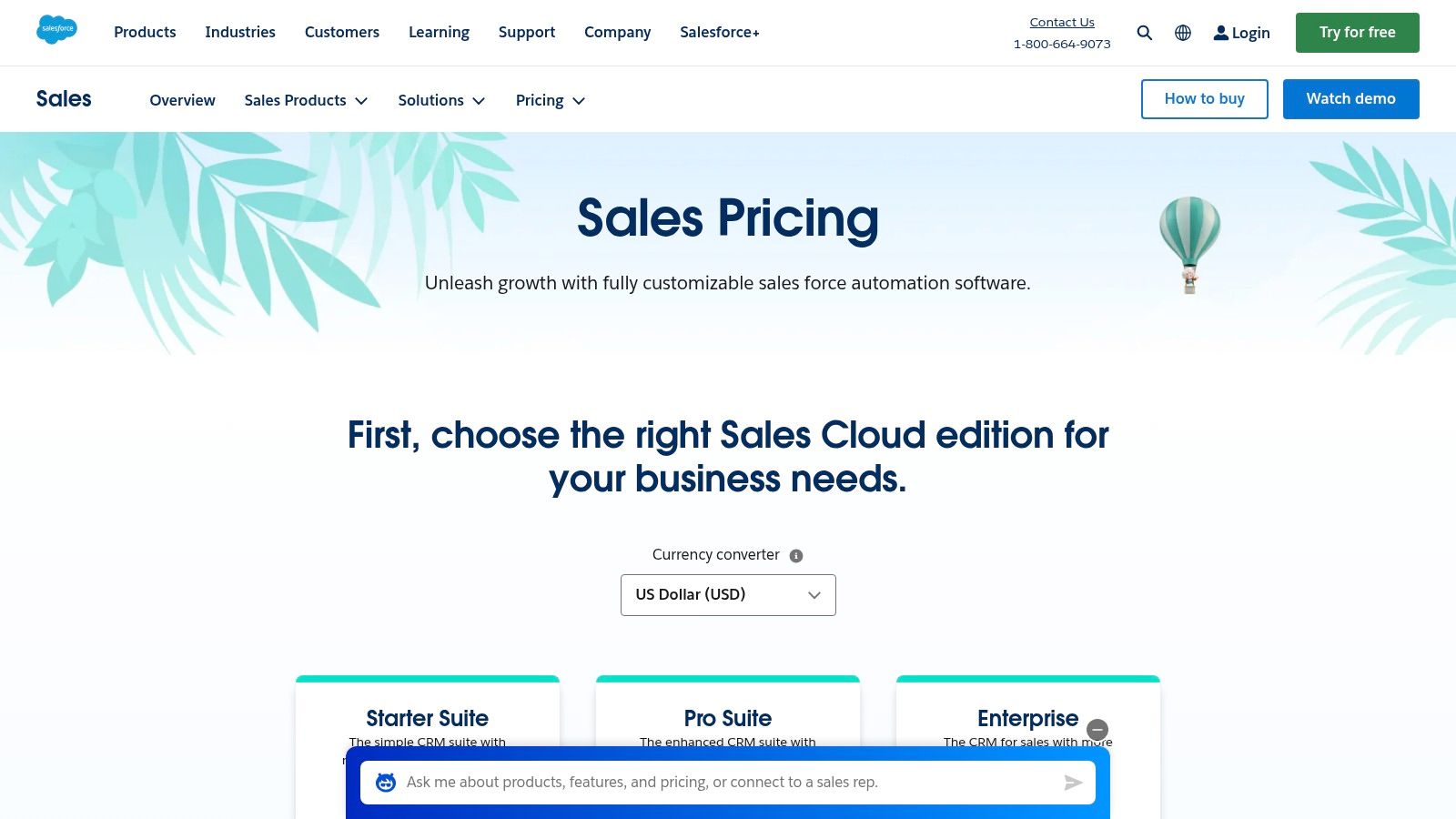
Key Tips & Data Points
- Sufficient Conversion Data is Key: For Smart Bidding to work effectively, your campaign needs a baseline of conversion data. Google generally recommends at least 15-30 conversions in the last 30 days for strategies like Target CPA to be effective.
- Set Realistic Targets: When setting a Target CPA or Target ROAS, start with a target based on your historical performance over the last 30 days. Setting an overly aggressive target from the start can stifle the algorithm and limit your campaign's volume.
- Avoid Frequent, Drastic Changes: The machine learning algorithms need time to learn. Avoid making large changes to your budget or targets more than once every few days. A common rule of thumb is to adjust budgets or CPA/ROAS targets by no more than 20% at a time.
- Use Bid Strategy Simulators: The Google Ads interface includes simulators that can estimate how changes to your Target CPA or ROAS might impact performance. Use this data to make more informed decisions.
The Ecosystem Impact
Smart Bidding is central to the Google Ads ecosystem's shift toward automation. It frees up advertisers from the tedious task of manual bid adjustments, allowing them to focus on higher-level strategy, such as creative testing, landing page optimization, and analyzing performance data to find new growth opportunities.
Limitations & News
While powerful, Smart Bidding is not infallible. It can struggle with low-volume campaigns or in niche industries with highly volatile conversion rates. Recent Google Ads news has focused on enhancements to these models, including better seasonality adjustments and the ability to use broader data sets for more accurate predictions.
3. Beyond the Click: Optimizing for Lead Quality
In the lead generation world, not all conversions are created equal. A key challenge within the Google Ads ecosystem is bridging the gap between a "lead" (a form submission) and a "sales-qualified lead" (a prospect your sales team actually wants to talk to). Focusing purely on maximizing the number of leads or lowering your Cost Per Lead (CPL) often results in a high volume of low-quality submissions, wasting your sales team's time and your ad budget.
The solution is to feed better data back into the Google Ads platform. By implementing offline conversion tracking, you can tell Google which of the leads it generated actually turned into qualified opportunities or customers. Google's algorithms can then use this data to find more people like your best customers.
Key Tips & Data Points
- Implement Offline Conversion Tracking (OCT): Use the Google Click ID (GCLID) to connect your leads back to the specific click that generated them. When a lead is qualified in your CRM, you can import that event back into Google Ads as a more valuable conversion.
- Use Enhanced Conversions for Leads: This feature securely sends hashed first-party conversion data (like email addresses) from your website to Google. It helps attribute conversions more accurately in a world with fewer cookies, improving the data quality for your Smart Bidding models.
- Score Your Leads: Use a lead scoring system in your CRM to rank leads based on their fit and engagement. You can then set up different conversion actions in Google Ads for different lead scores (e.g., "MQL" vs. "SQL").
- Qualify with Lead Forms: Use Google's in-platform lead forms but add qualifying questions. While this may slightly reduce your conversion rate, it will drastically improve the quality of the leads you receive.
The Ecosystem Impact
Optimizing for lead quality transforms Google Ads from a simple traffic source into a true business growth engine. It aligns marketing and sales efforts and allows you to use Smart Bidding to optimize for what really matters: revenue, not just form fills. This is crucial for proving the value of your ad spend to stakeholders.
Limitations & News
Setting up offline conversion tracking and CRM integrations can be technically complex. However, tools are emerging to simplify this process. Google continues to invest in features like Enhanced Conversions, signaling that data privacy and first-party data integration are at the forefront of the ecosystem's evolution.
4. The Rise of Video: YouTube and Discovery Campaigns
The Google Ads ecosystem extends far beyond the search results page. YouTube is the world's second-largest search engine, and platforms like Google Discover offer massive reach to audiences based on their interests. For advertisers, this means video and image-rich ad formats are more important than ever.
YouTube ads, particularly in-stream skippable ads, are incredibly effective for both brand awareness and direct response. With formats like Video action campaigns, you can drive conversions directly from your video ads. Similarly, Discovery campaigns use visually engaging, native ad formats to reach up to 3 billion people across the Google Discover feed, YouTube Home feed, and Gmail.
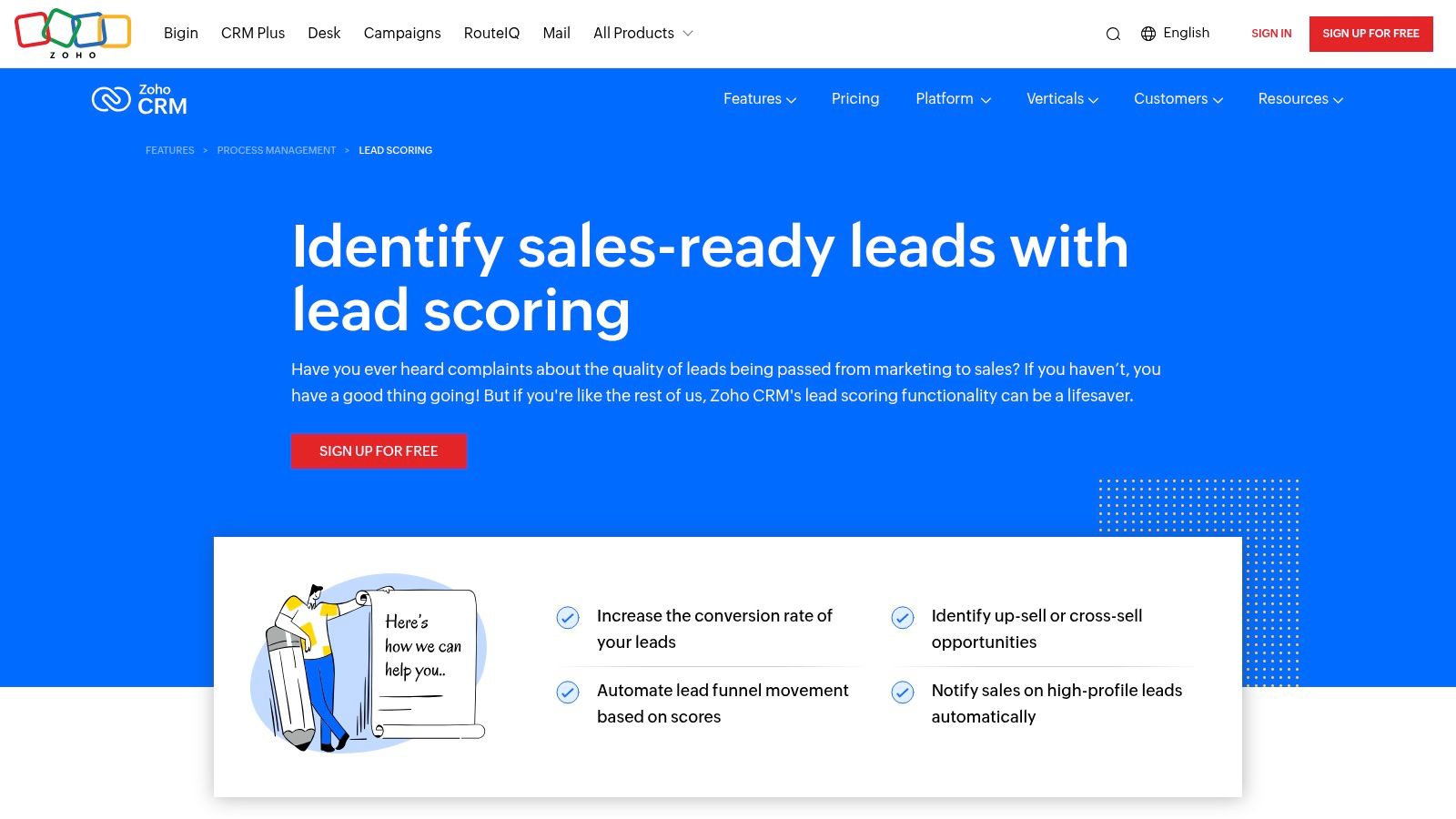
Key Tips & Data Points
- Hook Viewers in the First 5 Seconds: On YouTube, you only have a few seconds to capture attention before the "Skip Ad" button appears. Start with a strong hook that speaks directly to your audience's pain point or interest.
- Design for Mobile and Sound-Off: Most video content is consumed on mobile devices, often with the sound off. Use bold visuals, on-screen text, and captions to ensure your message gets across even without audio.
- Use Custom Audiences: For both YouTube and Discovery, leverage custom audiences built from search keywords. This allows you to target people who have recently searched for your products or services on Google, combining the intent of search with the visual impact of video and display.
- Test Your Creatives: Visual fatigue is real. Continuously test new images, videos, and ad copy in your Discovery and YouTube campaigns to maintain performance. What works today may not work next month.
The Ecosystem Impact
The growth of visual platforms means that a successful Google Ads strategy must be multi-format. Relying solely on text ads on the search network leaves a huge amount of potential reach and engagement on the table. Integrating video and discovery into your mix creates a full-funnel strategy that can build awareness and drive conversions simultaneously.
Limitations & News
Attribution for video campaigns can be more complex than for search. It's important to look at view-through conversions and brand lift studies, not just direct clicks. Recent Google Ads news includes the rollout of more AI-powered video creation tools within the platform, making it easier for businesses without large creative teams to get started with video advertising.
5. Integrating First-Party Data: Customer Match and Audience Building
As third-party cookies are phased out, the importance of first-party data within the Google Ads ecosystem has skyrocketed. Your own data—customer email lists, phone numbers, and website visitor data—is your most valuable asset for effective targeting and optimization.
Customer Match is a powerful tool that allows you to upload your lists of customer information. Google then matches this information to Google accounts, allowing you to target (or exclude) these users across the entire Google network. This is incredibly useful for re-engaging past customers, upselling existing clients, or finding new customers by creating lookalike audiences (now called "Similar Segments").
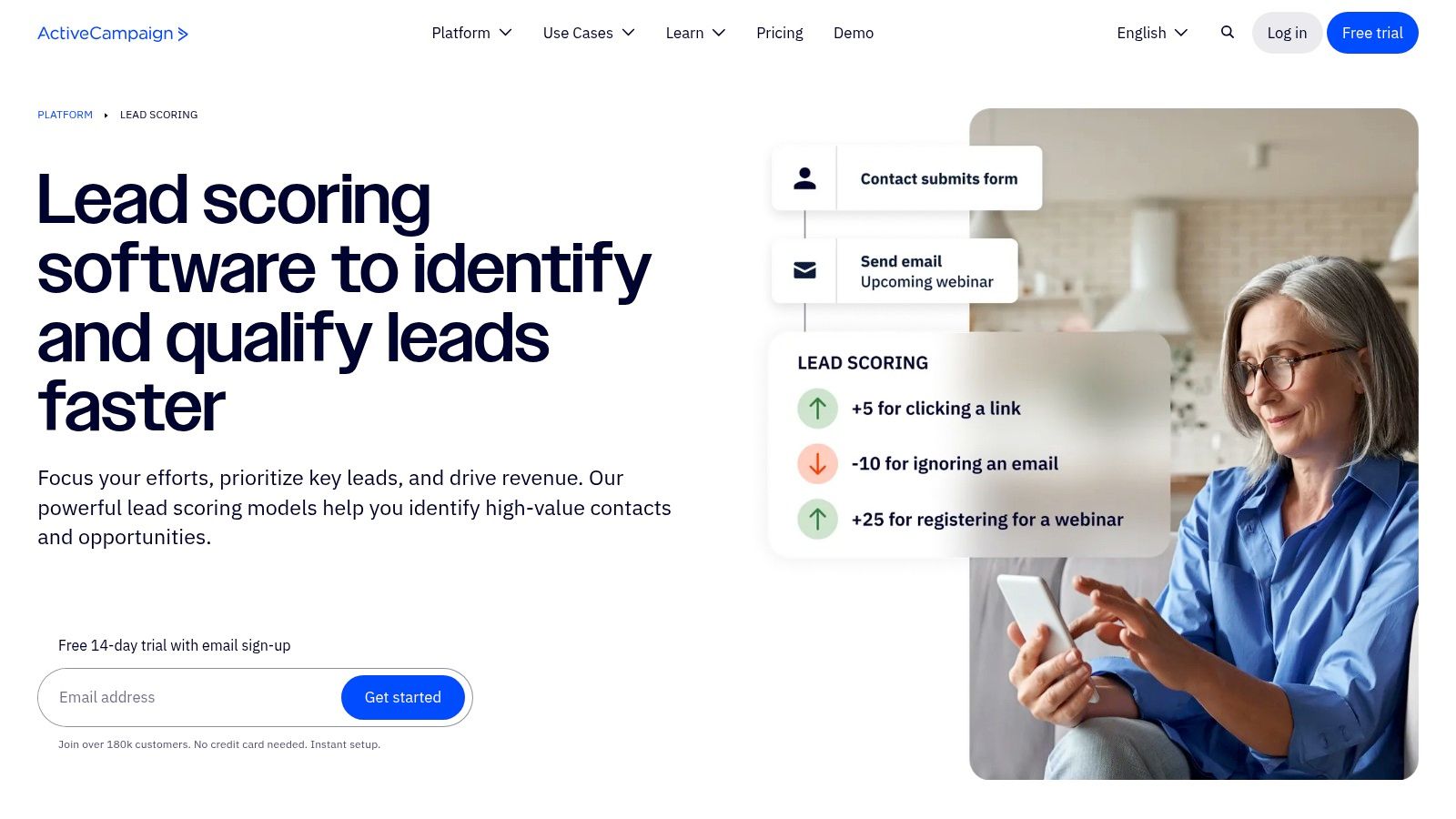
Key Tips & Data Points
- Segment Your Lists: Don't just upload one giant customer list. Segment your data into lists like "high-value customers," "recent purchasers," "lapsed customers," or "newsletter subscribers." This allows you to tailor your messaging and bids for each specific segment.
- Use Exclusions: Customer Match is just as powerful for exclusions. Exclude your current customers from lead generation campaigns to avoid wasting ad spend on people who have already converted.
- Keep Your Lists Fresh: Continuously update and re-upload your Customer Match lists. Stale data leads to lower match rates and less effective targeting. Many CRMs offer integrations that can automate this process.
- Combine with Other Targeting: Layer your Customer Match audiences with other targeting signals, like demographics or in-market segments, to further refine your reach and improve campaign efficiency.
The Ecosystem Impact
The shift towards a privacy-first web makes first-party data the new gold standard. Advertisers who have a strong strategy for collecting, segmenting, and activating their own data will have a significant competitive advantage in the Google Ads ecosystem. It enables more personalized advertising and more resilient campaigns in the face of ecosystem changes.
Pricing & Limitations
To use Customer Match, your account must have a good history of policy compliance and a certain level of ad spend (Google's requirements can change). The match rate—the percentage of your list that Google can match to users—is never 100%, typically ranging from 30% to 70% depending on the quality of your data.
6. The Post-Click Experience: Landing Pages and Lead Handoff
Your work in the Google Ads ecosystem doesn't end when a user clicks your ad. The post-click experience is just as important for conversion rates and ROI. A seamless, relevant, and fast landing page is critical. If your landing page doesn't deliver on the promise of your ad, you'll end up with a high bounce rate and wasted ad spend.
Equally important is what happens after a user converts, especially for lead generation. The speed at which you follow up with a new lead is one of the biggest factors in whether that lead becomes a customer. A study by LeadResponseManagement.org found that the odds of contacting a lead decrease by 10 times in the first hour. This "speed-to-lead" challenge is a major bottleneck for many advertisers.
Key Tips & Data Points
- Message Match: Ensure the headline and content on your landing page directly match the message in your ad copy. This reassures users they are in the right place and improves your Quality Score.
- Optimize for Mobile: The majority of Google Ads traffic comes from mobile devices. Your landing page must be fast-loading and easy to navigate on a small screen. Use Google's PageSpeed Insights to test and improve your mobile performance.
- Automate Lead Delivery: Don't rely on manually downloading leads from Google Ads. Use a tool to instantly push new leads from your campaigns directly into your CRM or email marketing system. This is essential for enabling immediate follow-up.
- A/B Test Your Landing Pages: Continuously test different elements of your landing page, such as headlines, call-to-action buttons, forms, and images, to improve your conversion rate over time.
The Ecosystem Impact
A focus on the post-click experience closes the loop on your advertising efforts. It ensures that the high-quality traffic you are paying for has the best possible chance to convert. In the Google Ads ecosystem, this is reflected in your Quality Score and conversion rates, which directly impact your ad rank and cost-per-click.
Pricing & Limitations
Creating and testing landing pages requires resources, whether it's developer time or a subscription to a landing page builder like Unbounce or Instapage. Similarly, automating lead delivery may require third-party integration tools, but the ROI from improved speed-to-lead often far outweighs the cost.
7. Reporting and Attribution: Understanding True Performance
The Google Ads ecosystem provides a vast amount of data, but turning that data into actionable insights requires a solid understanding of reporting and attribution. Simply looking at last-click attribution—where 100% of the credit for a conversion goes to the final ad a user clicked—can be highly misleading.
Modern customer journeys are complex and often involve multiple touchpoints across different channels. Data-Driven Attribution (DDA), now the default model in Google Ads, uses machine learning to analyze your account's conversion paths and assign fractional credit to each ad interaction. This gives you a more accurate picture of which keywords, ads, and campaigns are contributing to your success.
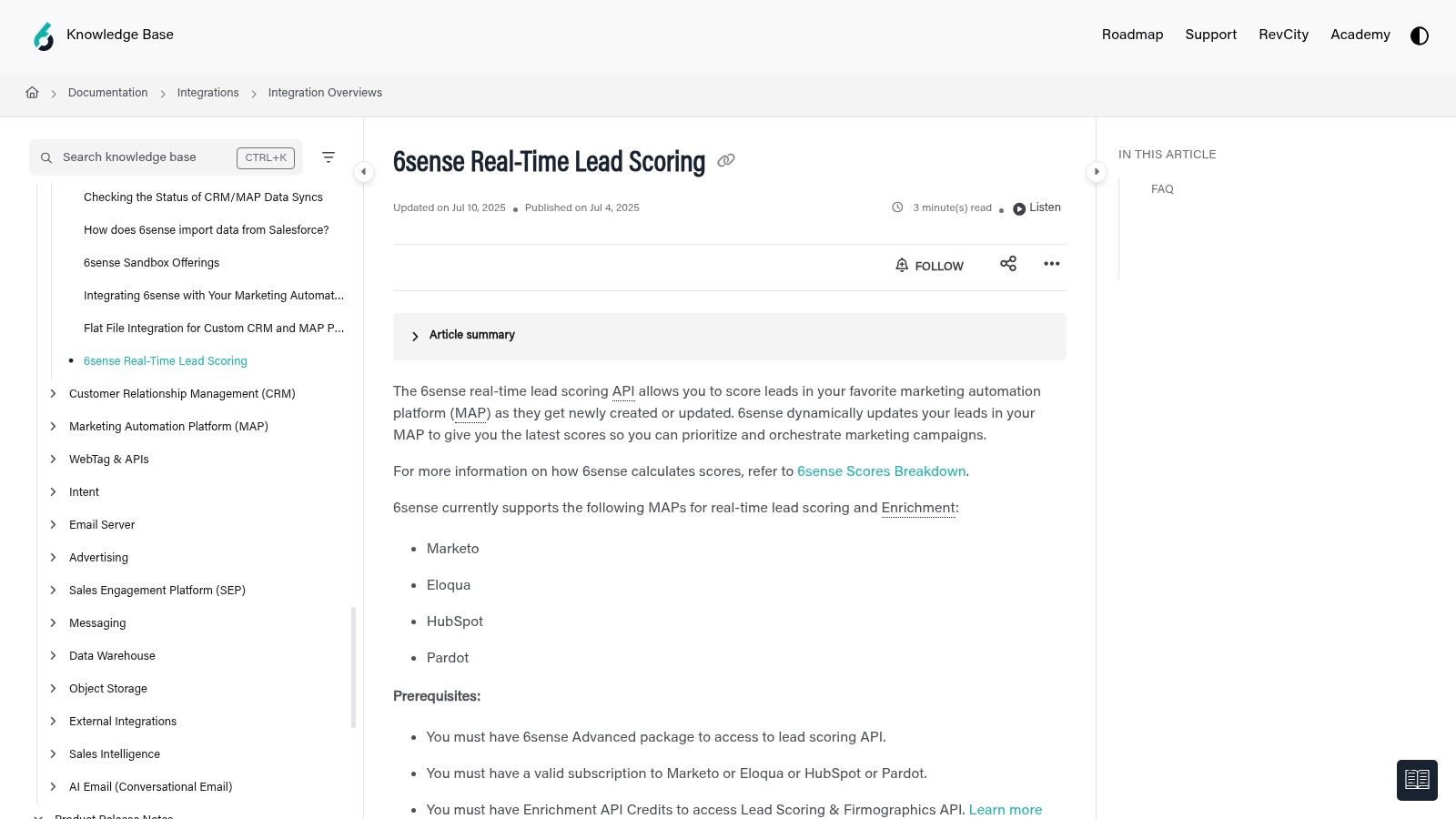
Key Tips & Data Points
- Move to Data-Driven Attribution (DDA): If you haven't already, switch your conversion actions to the DDA model. This allows your Smart Bidding strategies to optimize based on a more accurate understanding of performance.
- Analyze the Top Paths Report: Dive into the "Attribution" section of Google Ads to see the most common sequences of ad interactions that lead to conversions. This can reveal the important role that upper-funnel keywords or campaigns play.
- Integrate Google Analytics 4 (GA4): Link your Google Ads and GA4 properties for deeper insights into post-click user behavior. GA4's event-based model and cross-platform capabilities provide a more holistic view of the customer journey.
- Segment Your Data: Don't just look at top-level metrics. Segment your performance data by device, network, time of day, and audience to uncover hidden opportunities for optimization.
The Ecosystem Impact
A sophisticated approach to attribution is what separates amateur advertisers from professionals. It allows you to make smarter budget allocation decisions, invest in upper-funnel activities that were previously undervalued, and demonstrate the full impact of your advertising efforts on the bottom line.
Limitations & News
Data-Driven Attribution requires a certain amount of conversion data to function accurately. For smaller accounts, other models like "Position-based" or "Time decay" might be a better starting point. The biggest Google Ads news in this area is the forced migration to GA4, which represents a fundamental shift in how user behavior is tracked and analyzed across the entire Google ecosystem.
8. Broad Match + Smart Bidding: The New Power Couple
For years, experienced Google Ads advertisers avoided broad match keywords due to their tendency to trigger irrelevant searches and waste budget. However, in the modern Google Ads ecosystem, the combination of broad match keywords with a Smart Bidding strategy has become a powerful and recommended approach.
The logic has changed. Smart Bidding's real-time analysis of user signals is now sophisticated enough to determine the intent behind a search query, even if the exact keywords don't match perfectly. It can tell if a broad query is relevant or not. This allows advertisers to use broader keywords to capture a wider range of relevant searches, uncover new query patterns, and feed the machine learning algorithm more data, all without sacrificing relevance.
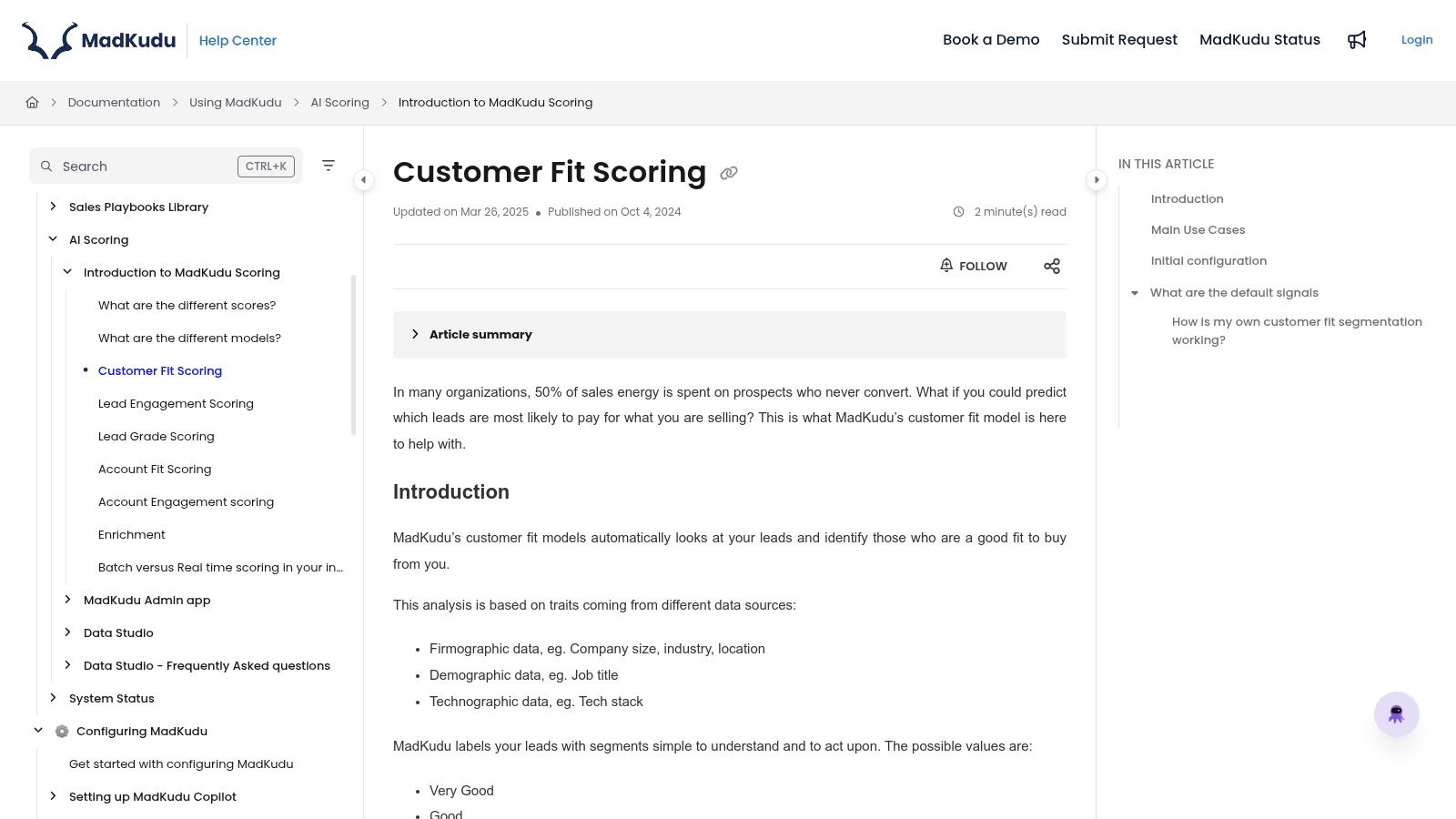
Key Tips & Data Points
- Group Keywords by Theme: Structure your ad groups around tight themes. For example, instead of a single ad group for "running shoes," create separate ones for "men's running shoes" and "women's trail running shoes." This allows you to pair your broad match keywords with highly relevant ads and landing pages.
- Use a Target CPA or ROAS: This is the crucial part. Let Smart Bidding control the cost. By setting a Target CPA or ROAS, you give the algorithm the guardrails it needs to only bid on broad queries that it predicts are likely to convert within your goal.
- Monitor the Search Terms Report: Keep a close eye on the search terms report to see what queries your broad match keywords are triggering. While you should trust the algorithm, you can still add highly irrelevant terms as negative keywords.
- Start with a Test Campaign: If you're hesitant, test this strategy in a new campaign alongside your existing exact/phrase match campaigns. Compare the performance in terms of conversion volume and cost-per-acquisition.
The Ecosystem Impact
This strategy represents a significant philosophical shift in campaign management. It's another example of trusting Google's AI to handle the granular details while the advertiser focuses on strategic inputs like ad copy, conversion goals, and overall budget. Success here can dramatically increase lead or sale volume by reaching relevant users you would have missed with restrictive match types. For seamless lead management, a service like Pushmylead can ensure that the increased lead flow is handled efficiently.
Pricing & Limitations
This strategy is not for advertisers on a shoestring budget who need to maintain tight manual control. It requires giving the algorithm some room to learn, which can involve a period of fluctuating performance. It is also heavily dependent on having accurate and sufficient conversion data.
9. Asset Libraries and Ad Creation: The Importance of Creative
As campaigns like Performance Max and Responsive Search Ads (RSAs) become the standard, the focus of optimization in the Google Ads ecosystem is shifting from keywords to creative assets. In an RSA, you provide multiple headlines and descriptions, and Google's AI mixes and matches them to create the best ad combination for each individual search query.
This means your success is now heavily influenced by the quality and diversity of the creative components you provide. A robust asset library—containing a wide range of headlines, descriptions, images, logos, and videos—is no longer a nice-to-have; it's a necessity.
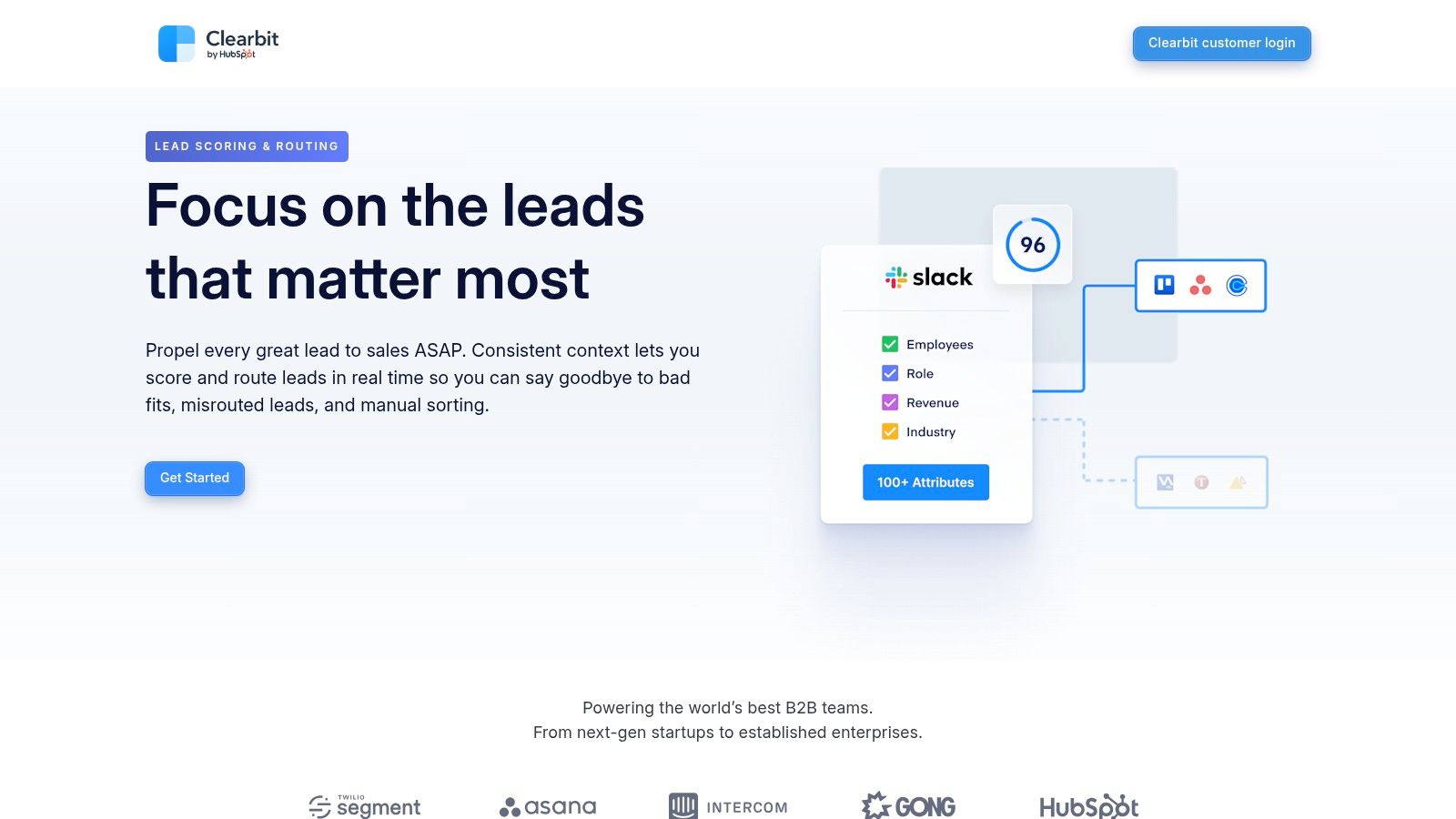
Key Tips & Data Points
- Write for Variety: When creating headlines for an RSA, don't just write 15 variations of the same message. Include headlines that highlight different features, benefits, calls to action, and social proof (e.g., "5-Star Rated," "Free Shipping").
- Use the Ad Strength Indicator: Pay attention to the "Ad Strength" metric in the Google Ads UI. While it's not a direct factor in Quality Score, it's a useful diagnostic tool that tells you if you're providing a sufficient range and quantity of assets.
- Pinning Sparingly: You can "pin" headlines or descriptions to specific positions if they need to appear in every ad (e.g., a brand name or a legal disclaimer). However, excessive pinning restricts the algorithm's ability to optimize, so use it only when absolutely necessary.
- Review Asset Performance: In the asset details report for your RSAs, Google will show you which headlines and descriptions are performing best. Use this data to replace low-performing assets with new variations to continuously improve your ads.
The Ecosystem Impact
This shift democratizes ad performance to some extent. Success is less about who can manage bids most granularly and more about who understands their customer best and can craft compelling, diverse messaging. It forces advertisers to think more like traditional marketers, focusing on value propositions and creative hooks.
Pricing & Limitations
The primary limitation is the time and creativity required to develop a large set of high-quality assets. For small businesses, this can be a challenge. However, Google is rolling out more AI-powered tools, like automatically created assets, to help advertisers generate ideas and scale their creative efforts.
10. The Role of Google Analytics 4 (GA4)
The mandatory transition from Universal Analytics to Google Analytics 4 (GA4) is one of the most impactful recent changes in the entire Google ecosystem. GA4 is not just an update; it's a complete reimagining of how data is collected and processed. It's built around an event-based data model, rather than the session-based model of its predecessor.
For Google Ads advertisers, GA4 offers several key advantages. Its cross-platform tracking provides a unified view of the user journey across websites and apps. Its predictive metrics can identify users who are likely to purchase or churn, allowing you to build powerful audiences for your ad campaigns. Most importantly, its privacy-centric design is built for a future without cookies, relying on machine learning to fill in data gaps.
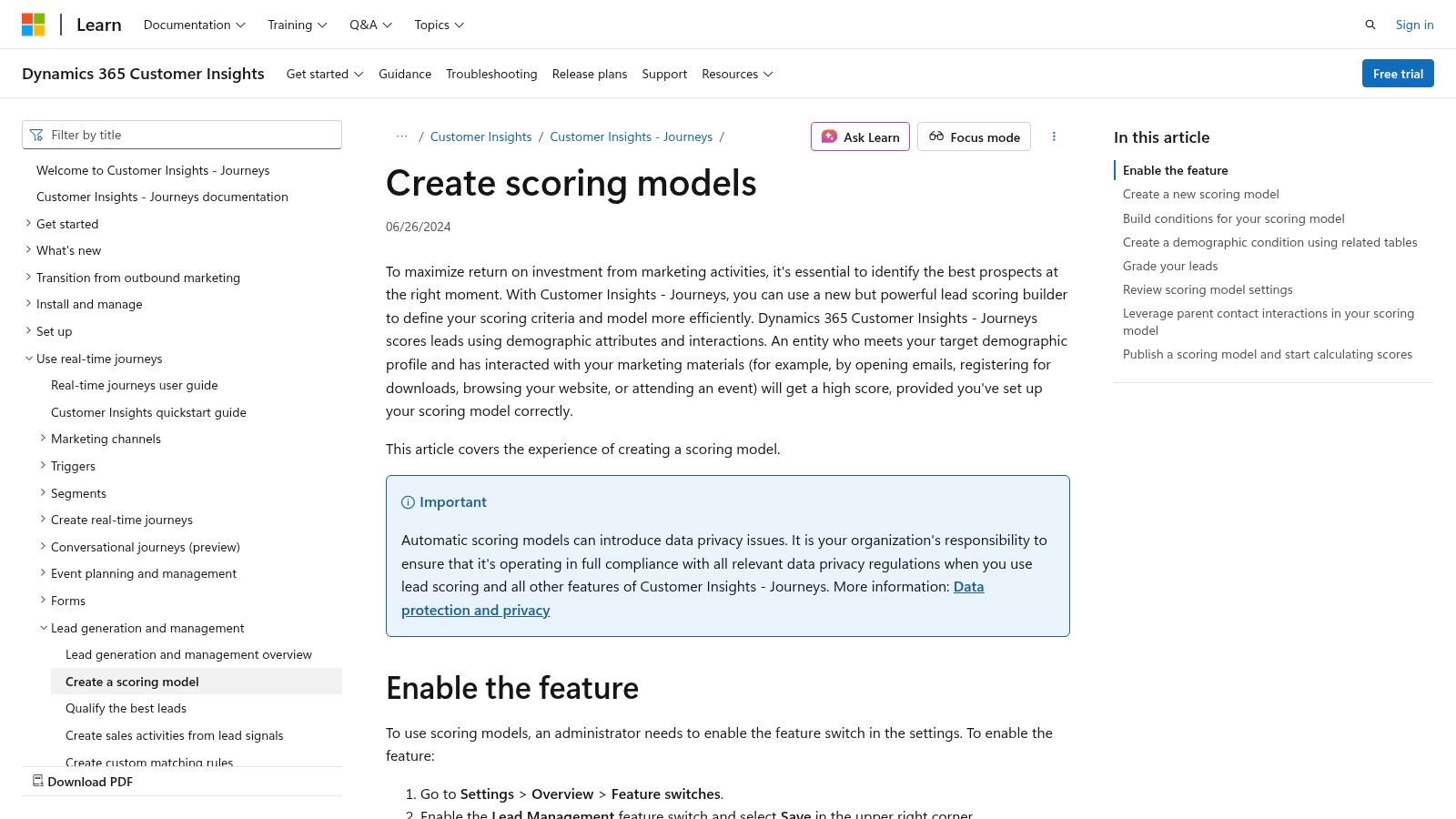
Key Tips & Data Points
- Link GA4 and Google Ads: This is the essential first step. Linking your accounts allows you to import GA4 conversions and audiences into Google Ads, enabling more sophisticated bidding and targeting.
- Build Predictive Audiences: Use GA4's predictive metrics to create audiences like "likely 7-day purchasers" or "predicted 28-day top spenders." You can then target these high-intent users in your Google Ads campaigns.
- Set Up Custom Events: Go beyond the default events. Set up custom events for key interactions on your site, like watching a demo video, using a pricing calculator, or downloading a PDF. These can be imported as micro-conversions to better inform your optimization.
- Use the Exploration Reports: GA4's "Explore" section offers powerful, flexible reporting tools like Funnel exploration and Path exploration. Use these to dig deep into your user behavior and understand how users from your Google Ads campaigns navigate your site.
The Ecosystem Impact
GA4 is the new central hub for understanding customer behavior across the Google ecosystem. For advertisers, a deep understanding of GA4 is no longer optional. It's the primary tool for gaining the insights needed to fuel a data-driven advertising strategy, from audience creation to conversion optimization.
Pricing & Limitations
While the standard version of GA4 is free, there is a significant learning curve compared to Universal Analytics. The interface and reporting concepts are entirely new, requiring training and time to master. Some features that were standard in UA, like certain basic reports, require custom builds in GA4's Exploration section.
11. Staying Compliant: Privacy and Consent Mode
The digital advertising landscape is undergoing a massive shift towards user privacy, driven by regulations like GDPR and CCPA and browser changes like the deprecation of third-party cookies. Within the Google Ads ecosystem, this has led to the development of tools like Consent Mode, which helps advertisers respect user consent choices while still recovering valuable measurement data.
Consent Mode works by adjusting how Google tags (like Google Analytics and Google Ads tags) behave based on the user's consent status. If a user denies consent for ad or analytics cookies, Consent Mode uses conversion modeling to estimate the conversions you would have missed, filling in the gaps in your data in a privacy-safe way.
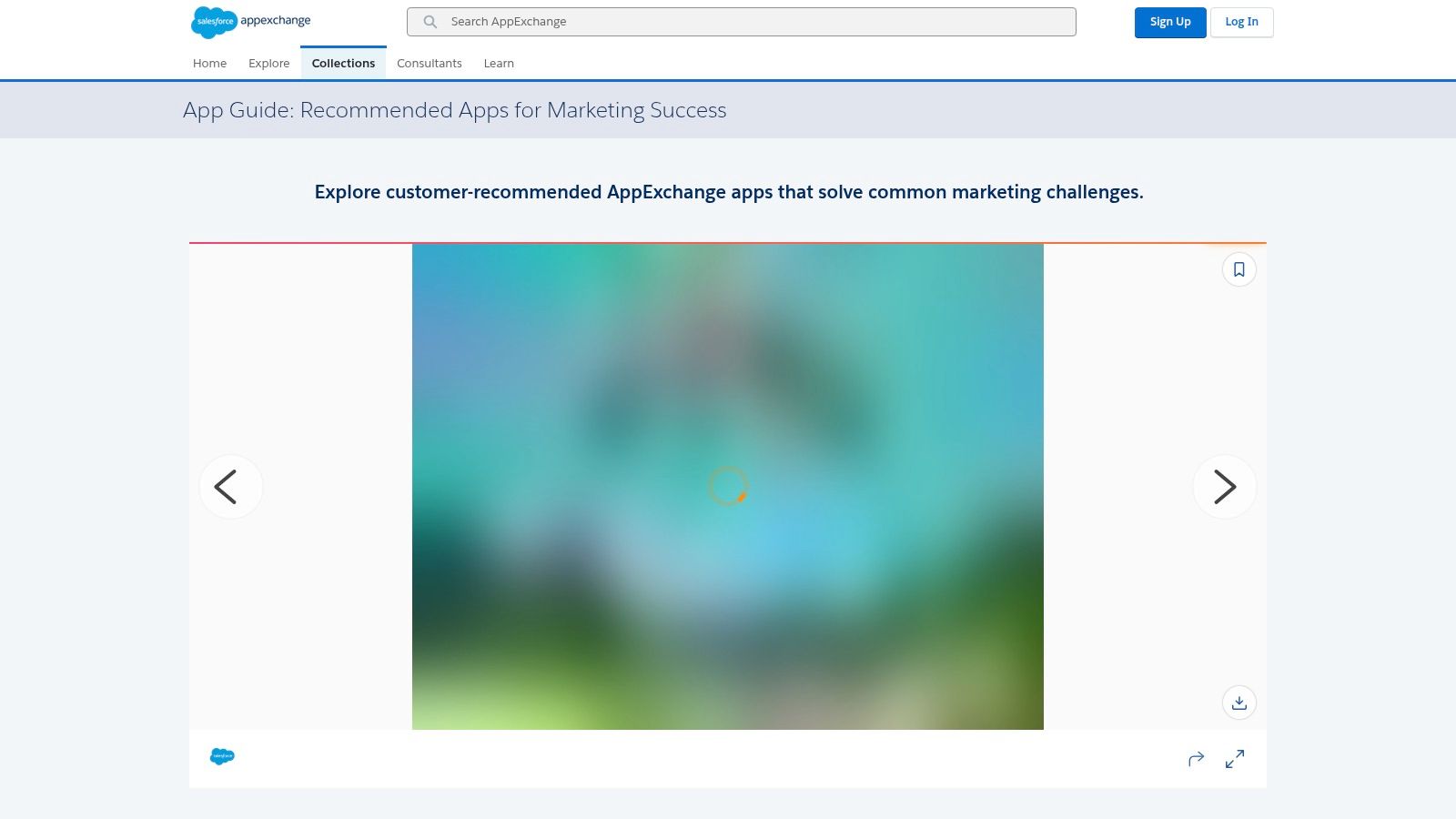
Key Tips & Data Points
- Implement a Consent Management Platform (CMP): The first step is to use a CMP (like Cookiebot, OneTrust, or Termly) to properly collect user consent on your website.
- Enable Consent Mode: Implement Consent Mode V2, the latest version, either through your CMP's integration or by manually adjusting your Google tags. This is now a requirement for advertisers in the EEA who want to use personalization features.
- Trust the Modeled Data: It can be unsettling to see "modeled conversions" in your reports, but this data is essential for giving your Smart Bidding algorithms a complete picture of performance. Without it, your bidding strategies would be optimizing based on incomplete data.
- Focus on First-Party Data: As mentioned earlier, this privacy shift re-emphasizes the importance of your own customer data. Strategies like Customer Match become even more critical for effective targeting in a privacy-conscious world.
The Ecosystem Impact
Privacy is no longer a niche concern; it is a central pillar of the Google Ads ecosystem. Advertisers who proactively adopt privacy-safe measurement solutions will be better positioned for success and will maintain the trust of their customers. Ignoring these changes is not an option and will lead to significant data loss and degraded campaign performance.
Pricing & Limitations
Implementing a CMP comes with a subscription cost. The main limitation of conversion modeling is that it is an estimation, not a direct measurement. However, Google's modeling is highly sophisticated and is the best available solution for bridging the measurement gap created by consent choices.
12. Local Campaigns and Store Goals: Bridging Online and Offline
For businesses with physical locations, such as retail stores, restaurants, or service providers, a key challenge is connecting digital advertising efforts to in-person foot traffic and sales. The Google Ads ecosystem addresses this with specific campaign types and conversion goals designed to drive real-world actions.
Local campaigns (now being upgraded into Performance Max with store goals) are designed to help businesses drive more customers to their physical locations. They automatically promote your business across Search, Maps, YouTube, and the Display Network, optimizing for actions like store visits, calls to your business, and clicks on driving directions.
Key Tips & Data Points
- Optimize Your Google Business Profile: Your Google Business Profile (GBP) is the foundation of your local marketing efforts. Ensure all information—address, phone number, hours, services—is accurate and complete. Regularly post updates and encourage customer reviews.
- Enable Store Visit Conversions: If your account is eligible, enabling store visit conversions is a game-changer. Google uses a combination of signals (like GPS, Wi-Fi, and location history) to anonymously estimate how many users who clicked your ad later visited your physical location.
- Use Location Extensions: This is a basic but essential step. Location extensions add your address, a map, or the distance to your business to your ads, making it easy for local searchers to find you.
- Promote Local Inventory: For retailers, Local Inventory Ads (LIAs) are a powerful format that shows users if a product they are searching for is in stock at a nearby store. This is highly effective at driving immediate foot traffic.
The Ecosystem Impact
These local features demonstrate that the Google Ads ecosystem is not just for online-only businesses. It provides a powerful set of tools to bridge the online-to-offline gap, allowing brick-and-mortar businesses to accurately measure the impact of their digital ad spend on their physical sales.
Pricing & Limitations
Eligibility for store visit conversions is not universal and depends on having a sufficient number of physical locations and receiving enough ad clicks and foot traffic for Google's models to be statistically significant. The data is also modeled and reported with a delay.
Google Ads Ecosystem: Features & Comparison
| Feature/Strategy | Core Concept & Goal | Best For… ★ | Key Tip 💰 | Ecosystem Trend 👥 | Potential Challenge ✨ |
|---|---|---|---|---|---|
| Performance Max (PMax) | AI-driven, all-in-one campaign for max conversions/value | ★★★★☆ E-commerce, Lead Gen | Provide diverse creative assets | Automation & AI-First | "Black box" reporting, less manual control 🏆 |
| Smart Bidding | Auction-time bidding to optimize for CPA or ROAS | ★★★★☆ Most advertisers | Set realistic targets based on history | Machine Learning Optimization | Requires sufficient conversion data ✨ |
| Lead Quality Optimization | Using OCT/Enhanced Conversions to optimize for value | ★★★★☆ B2B & high-value lead gen | Implement Offline Conversion Tracking | First-Party Data Integration | Technical setup can be complex 🏆 |
| YouTube & Discovery Ads | Reaching audiences with visual, engaging ad formats | ★★★☆☆ Brand awareness, direct response | Hook viewers in the first 5 seconds | Multi-Format Advertising | Complex attribution beyond the click ✨ |
| Customer Match & 1st-Party Data | Targeting/excluding users based on your own data | ★★★☆☆ Businesses with customer lists | Segment your lists for tailored messaging | Privacy-First Targeting | Match rates are not 100% |
| Post-Click Experience | Optimizing landing pages and lead follow-up speed | ★★★☆☆ All advertisers, esp. lead gen | Automate lead delivery to your CRM | Holistic User Journey | Requires additional tools/resources |
| Data-Driven Attribution (DDA) | Using ML to assign fractional credit to touchpoints | ★★★★☆ Accounts with >300 conversions | Analyze Top Paths report for insights | Accurate Measurement | Requires conversion volume to be effective ✨ |
| Broad Match + Smart Bidding | Using broad keywords with AI bidding for wider reach | ★★★★☆ Growth-focused campaigns | Use with a Target CPA or ROAS | Semantic Search & AI | Requires trust in the algorithm 🏆 |
| Responsive Search Ads (RSAs) | Providing multiple assets for AI-powered ad creation | ★★★★☆ All Search advertisers | Write for variety, not just variation | Creative Optimization | Demands more upfront creative effort ✨ |
| Google Analytics 4 (GA4) | Event-based analytics for cross-platform insights | ★★★★☆ All advertisers | Build and import predictive audiences | Unified Measurement | Significant learning curve |
| Consent Mode V2 | Adjusting tags based on user consent for privacy | ★★★★☆ Advertisers in regulated regions | Use a Consent Management Platform (CMP) | Privacy Compliance | Relies on modeled, not direct, data 🏆 |
| Local Campaigns & Store Visits | Driving online users to physical business locations | ★★★★☆ Brick-and-mortar businesses | Optimize your Google Business Profile | Online-to-Offline Bridge | Store visit eligibility requirements ✨ |
Connecting Your Tools: Making the Google Ads Ecosystem Work for You
Navigating the Google Ads ecosystem successfully is about creating a virtuous cycle: you use powerful targeting to reach the right audience, deliver a compelling message, drive them to a high-converting landing page, and then feed the data from those outcomes back into the system to make it smarter. The true power is unlocked when all the components—from campaign type to conversion tracking to lead management—work in harmony.
Throughout this guide, we've explored the key pillars of the modern Google Ads ecosystem. We’ve seen how AI-driven campaigns like Performance Max and Smart Bidding strategies are automating tactical decisions, freeing up advertisers to focus on strategic inputs like creative assets, audience signals, and conversion value. We've also examined the critical importance of a privacy-first approach, the rise of multi-format advertising across platforms like YouTube, and the foundational role of first-party data and GA4 in achieving accurate measurement.
From Clicks to Revenue: Finalizing Your Strategy
As you refine your approach, your decisions should be guided by your specific business goals. A local service business will find immense value in optimizing for store visits via their Google Business Profile, while a national B2B software company must focus on implementing offline conversion tracking to optimize for sales-qualified leads.
Before you overhaul your account, consider these final factors:
- Integration is Key: Your Google Ads account should not operate in a silo. It must be deeply integrated with your analytics platform (GA4) and your CRM. A disconnected system leads to data gaps and prevents you from optimizing for true business value.
- Define Your "True North" Conversion: Don't let default metrics dictate your strategy. What is the one action that signifies real value for your business? Is it a completed sale? A booked demo? A qualified lead passed to sales? Align your entire Google Ads strategy, from bidding to reporting, around this "true north" metric.
- Adopt a "Test and Learn" Mindset: The Google Ads ecosystem is constantly evolving. What works today might be outdated in six months. Dedicate a portion of your time and budget to testing new campaign types, bidding strategies, and creative approaches. Start with small, controlled experiments, analyze the data, and scale what works.
The Speed-to-Lead Imperative in a High-Intent Ecosystem
The most significant opportunity for many lead generation advertisers lies in what happens immediately after the conversion. A lead generated from a Google search is a high-intent prospect; they were actively looking for a solution to their problem at that exact moment. Every minute that passes between their form submission and your follow-up drastically decreases the chance of a successful connection.
This is precisely where the synergy between a tool like Pushmylead and your Google Ads campaigns creates an unbeatable advantage. Manually downloading leads from Google's interface hours after they come in is a recipe for failure. Pushmylead acts as the critical bridge, eliminating this delay by instantly pushing leads from your Google Ads campaigns directly into your CRM or marketing platform.
This integration transforms your workflow:
- A high-intent prospect clicks your ad and fills out your Google Ads lead form.
- Pushmylead instantly captures the data and sends it to your CRM (e.g., Salesforce, HubSpot).
- Your CRM automatically triggers a notification to the appropriate sales rep.
- The sales rep follows up with the hot lead within minutes, while the prospect's interest is still at its peak.
This automated, real-time process ensures your sales team always engages with the hottest leads first, maximizing the value of every dollar spent on Google Ads. By connecting the dots between lead generation, data transfer, and sales engagement, you build a resilient, efficient system that not only improves conversion rates but also provides a clear ROI for your advertising efforts. You'll know exactly which keywords and campaigns are driving your most valuable customers, allowing for smarter budget allocation and a stronger bottom line.
Ready to close the gap between your Google Ads leads and your sales team? Pushmylead instantly sends your Google Ads leads to your CRM, enabling real-time follow-up. Stop letting hot leads go cold and start maximizing your ad spend today by visiting Pushmylead to see how it works.
